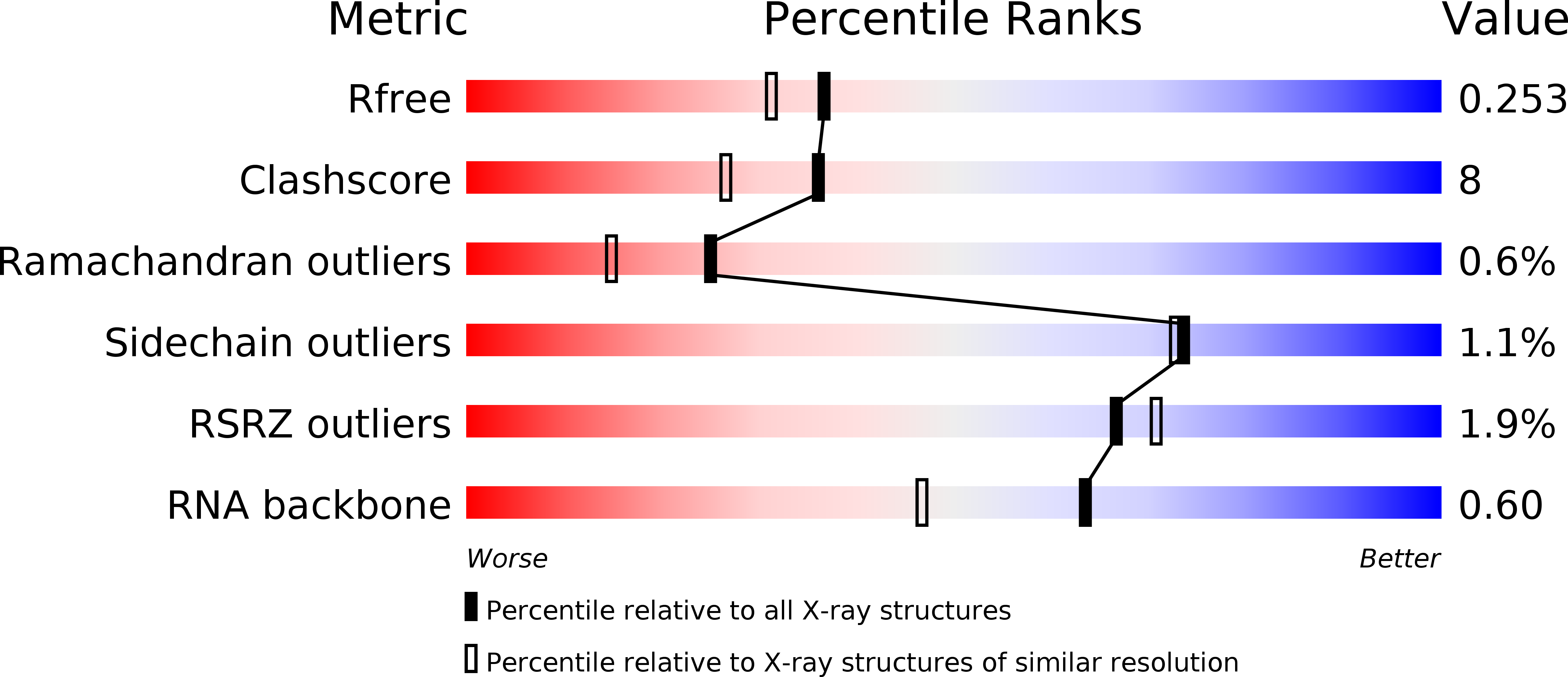
Deposition Date
2006-08-31
Release Date
2006-11-21
Last Version Date
2024-10-09
Entry Detail
PDB ID:
2I82
Keywords:
Title:
Crystal structure of pseudouridine synthase RluA: indirect sequence readout through protein-induced RNA structure
Biological Source:
Source Organism:
Escherichia coli (Taxon ID: 562)
Host Organism:
Method Details:
Experimental Method:
Resolution:
2.05 Å
R-Value Free:
0.26
R-Value Work:
0.23
R-Value Observed:
0.23
Space Group:
C 1 2 1


